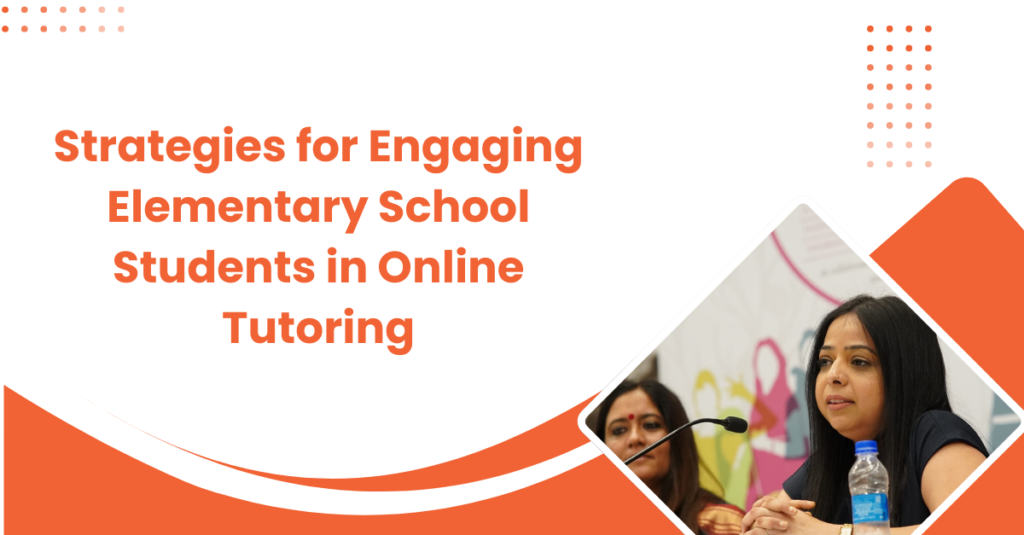There are advantages and disadvantages to having early elementary school students get online education. I’ve found a few tactics that can really help to grab their attention and optimize their learning as someone who is fervently dedicated to creating successful learning environments.
Initially, it’s imperative to create a convenient and friendly virtual space. There is a greater chance of active participation and sustained attentiveness among students when they are relaxed and at ease. In order to build a personal relationship with each student right away, I usually begin by wishing them a happy unique greeting. Our time together is made more positive and conducive to rapport-building by this small act.
Making use of multimedia and interactive tools is another successful strategy. Visual and experiential learning are highly beneficial for elementary school children. Bright images, instructive videos, and interactive activities break up the monotony while reinforcing important ideas in a way that appeals to their developing minds. For instance, I might use online tests or virtual manipulatives in a math session to get students engaged and provide them instant feedback.
It’s crucial to keep your lesson plan organized but flexible. Having well-defined learning objectives and a lesson plan are vital, but it’s also critical, in my experience, to be flexible enough to meet students’ needs as they arise. I change the pace and focus if a student expresses a strong interest in a subject or has trouble understanding a concept.
Lessons that are remembered and relatable can be created by incorporating stories and tales into abstract subjects. For example, I frequently tell stories in my literature or history classes that appeal to students’ imaginations and real-world experiences. Through a relatable story, this method not only piques their interest but also aids in improving their comprehension of difficult concepts.
Sustaining engagement requires promoting active involvement. I frequently urge students to express their ideas, pose open-ended questions, and chair peer conversations. In addition to fostering critical thinking and communication abilities, this gives students the confidence to take charge of their education. In order to promote cooperation and camaraderie among my students, I also employ breakout rooms for small group activities where they work together to complete projects or find solutions to issues.
Positive reinforcement and accomplishment celebrations are essential components of an effective learning environment for young students. Giving them a virtual high-five for finishing a difficult task or praising them for trying to learn a new skill helps them feel more confident and encouraged to continue working on the task at hand.
Last but not least, for students to succeed in online tutoring, keeping in regular contact with parents or guardians is imperative. By exchanging progress reports, talking about areas for development, and getting input, we can make sure that everyone is on the same page and effectively assisting the kid in their educational journey.
In conclusion, motivating primary school students to participate in online tutoring calls for a combination of originality, compassion, and successful teaching techniques. We may design engaging learning environments that stimulate young brains’ curiosity and academic progress by utilizing interactive tools, establishing a loving atmosphere, catering to individual requirements, and encouraging active involvement. As a teacher who is dedicated to their growth, I get great satisfaction and delight from seeing how their academic achievement and eagerness to study blossom with online tutoring.






